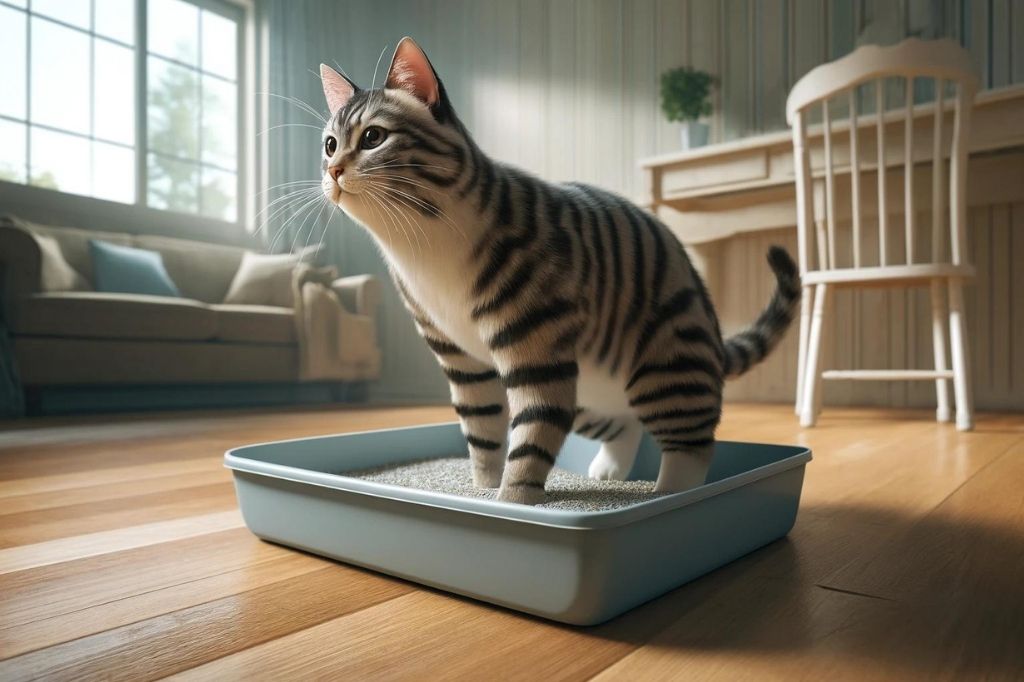One of the many wonders of cat conduct is their instinctual use of the litter box. New cat proprietors frequently wonder how cats know to use the litter box with practically zero preparation. Not at all like numerous different pets, cats normally search out a sandy or granular spot to kill, which makes litter boxes an optimal decision. This amazing sense is established in their transformative history and further formed by their childhood and climate.
In this thorough investigation, we’ll dig into the entrancing universe of cat conduct, uncovering the mysteries behind their litter box propensities and offering experiences to assist you with better comprehension and care for your fuzzy companion.
The Job of Sense in Cat Restroom Habits
The use of a litter box by cats is generally credited to their instinctual behaviors, profoundly imbued from their predecessors. Understanding these senses is vital to valuing why most cats normally float toward a litter box.
- Wild Ancestry: In the wild, cats cover their loss to try not to draw in hunters and, for predominant cats, to not challenge different creatures regionally. Litter gives a comparative surface to the sand or soil that wild cats would use.
- Inherited Behavior: Little cats as a rule figure out how to use the litter box by noticing their mom. This learning is pivotal in their initial weeks and turns into a characteristic propensity as they grow.
- Natural Preference: Cats normally really like to dispense with a substrate that they can dig and cover their loss in, which is the reason the surface of litter is interesting to them.
This natural way of behaving makes cats generally simple to litter train contrasted with different pets, surprisingly customized with a penchant to cover their loss in a particular sort of climate.
Environmental and Conduct Factors
While impulse assumes a huge part, environmental and conduct factors likewise impact a cat’s litter box use. It’s fundamental for cat proprietors to establish a helpful climate for their pets.
- Proper Litter Box Setup: Cats are bound to use a litter box that is perfect, calm, and in a confidential location. The size of the box and the sort of litter can likewise influence their preference.
- Stress and Anxiety: Changes in the household, for example, moving or presenting new pets, can influence a cat’s litter box propensities. Stress can prompt an aversion to the litter box.
- Health Issues: Clinical issues, including urinary parcel contaminations or stomach-related issues, can upset a cat’s customary use of the litter box.
Making a steady, peaceful climate and observing for medical problems is key in guaranteeing your cat keeps on utilizing their litter box accurately.
Training and Acclimatization
However, cats have a characteristic tendency to use a litter box, some training and acclimatization can help, particularly in cats or cats adjusting to another climate.
- Kitten Training: Acquaint little cats with the litter box by setting them in it after dinners and rests. They generally begin to dig and use it instinctively.
- Positive Reinforcement: Empower your cat’s litter box use by applauding them or giving treats following they’ve used it successfully.
- Consistency: Keep the litter box in a similar spot and guarantee it’s in every case clean. Cats lean toward consistency and tidiness in their toileting area.
However most cats require negligible preparation to use a litter box, these means can work with a smoother progress, particularly for more youthful or recently embraced cats.
Understanding and Settling Litter Box Issues
Now and again, cats might have issues utilizing the litter box. Understanding these issues and knowing how to address them is fundamental for a cat’s prosperity and a spotless home.
- Identifying the Cause: If a cat out of nowhere quits utilizing the litter box, it’s fundamental to decide if the cause is social, natural, or medical.
- Consult a Veterinarian: An unexpected change in litter box propensities can be an indication of a clinical issue. Counsel a veterinarian to preclude any well-being problems.
- Behavioral Modification: If the issue is conducted, changing the climate, changing the litter type, or adding more litter boxes (in a multi-cat household) can help.
Tackling litter box issues frequently requires tolerance and understanding. Recognizing and tending to the underlying driver is urgent in empowering appropriate litter box use.
Taking everything into account, understanding how cats know to use the litter box consolidates knowledge of their regular impulses, natural factors, and proper preparation. While most cats will use a litter box intuitively, guaranteeing the right circumstances and resolving any issues instantly will assist with keeping up with this regular propensity. This mix of sense and care makes cats superbly low-upkeep pets, particularly about their restroom propensities.

